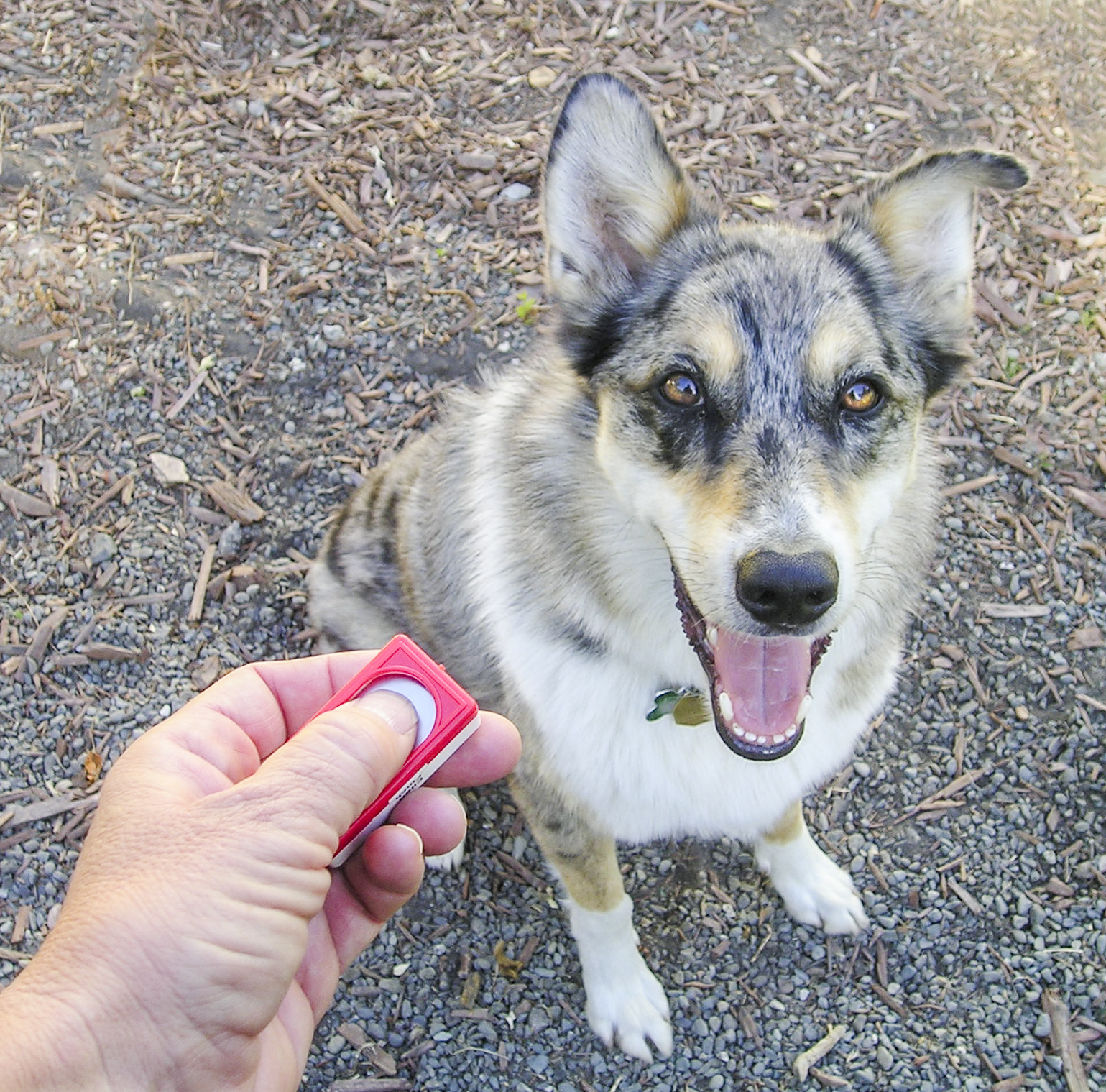A look at why positive dog training is best for correcting
problem dog behaviors like chewing or excessive barking.
Power Of Positive Training
All dogs will eventually do something you don't like. You can train them to do something else other than the bad behavior. But you have to do it in a way that make it fun and rewarding for the dog, so they will want to do what you want them to. You want to use positive training methods. This means that you reward the dog when they do something right. You don't hit them for doing something wrong.
For example, say you have a dog that's chewing your house. In order to use positive training to cure a chewing dog, you need to three things:
·
Make
sure everything valuable is out of the dog's reach
·
Keep
plenty of chew toys available
·
Catch
the dog as he has a bad item to chew in his mouth.
And terrified dogs eventually become biting dogs.
Should You Hire A Trainer?
It's really not necessary to hire a dog trainer or so-called dog whisperer if you use common sense and really try to get to know your dog. The only exceptions to this rule are with aggressive behaviors such as biting people or being too rough with cats. These need professional help. And, if you really feel at your wits' end, then hiring a trainer that uses positive reinforcement can help you at least get another's perspective.
For example, say you have a dog that barks far too often. Believe it or not, teach him to bark. Keep a favored toy or his filled food dish right out of reach and give it to him immediately when he barks. That way, you can then teach him a command to be quiet. You do this by rewarding him when he's quiet. Also, don't yell at him to stop barking. He may think you are barking right along, too, and that's fun for a dog
.
Keep in mind that each dog, like each person, takes his or her own time to learn something new. You need to be persistent and patient in order to help train your dog. Making sure your dog is spayed or neutered will help your dog relax and look to you to take on the stress of being the boss.
Additional References
- · Palika, Liz. The KISS Guide to Raising Your Puppy. DK
Publishing; 2002.
- · Sweeney, Michael S., et al. Dog Tips From Dog Town: A
Relationship Manual for You and Your Dog. National Geographic: 2010.
- · Dennison, Pamela. The Complete Idiot's Guide to Positive Dog
Training. Alpha Books; 2006.

No comments:
Post a Comment